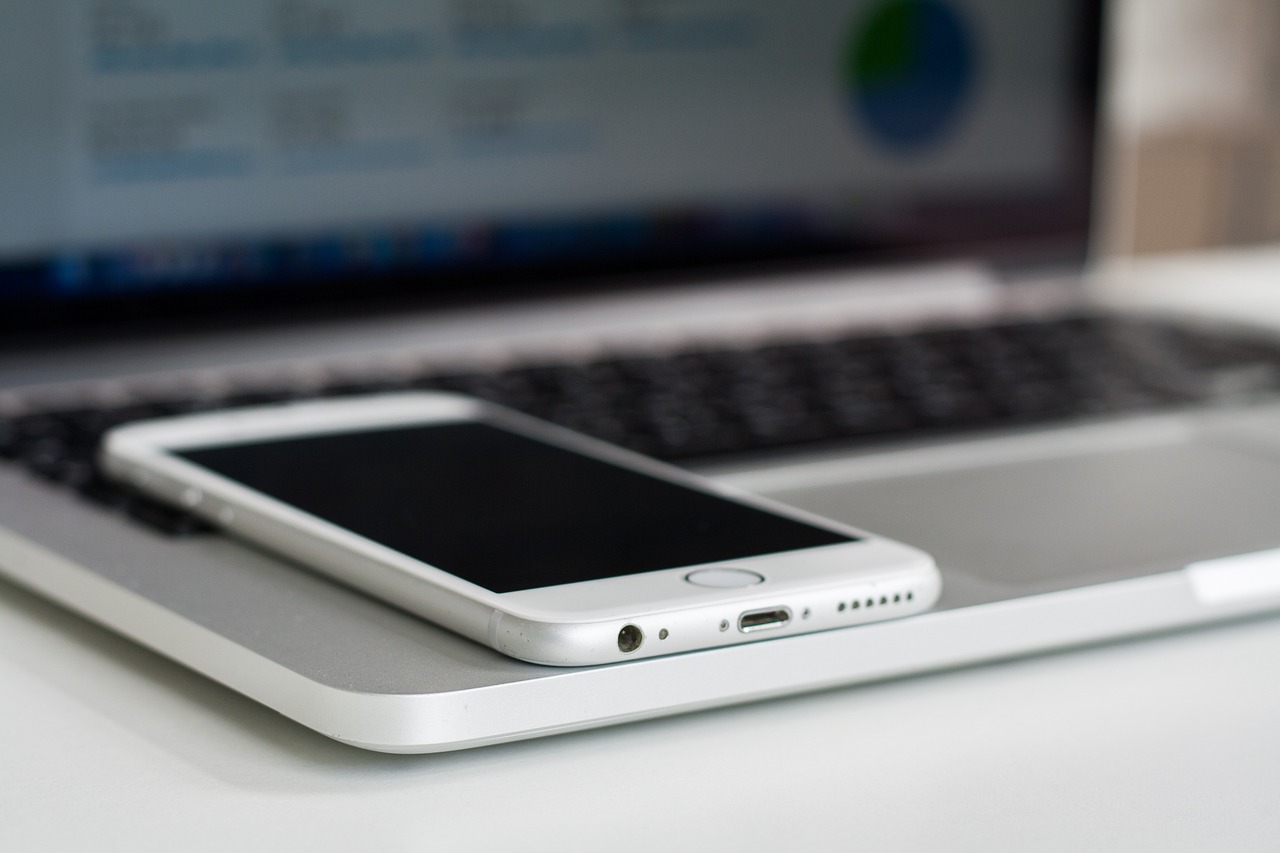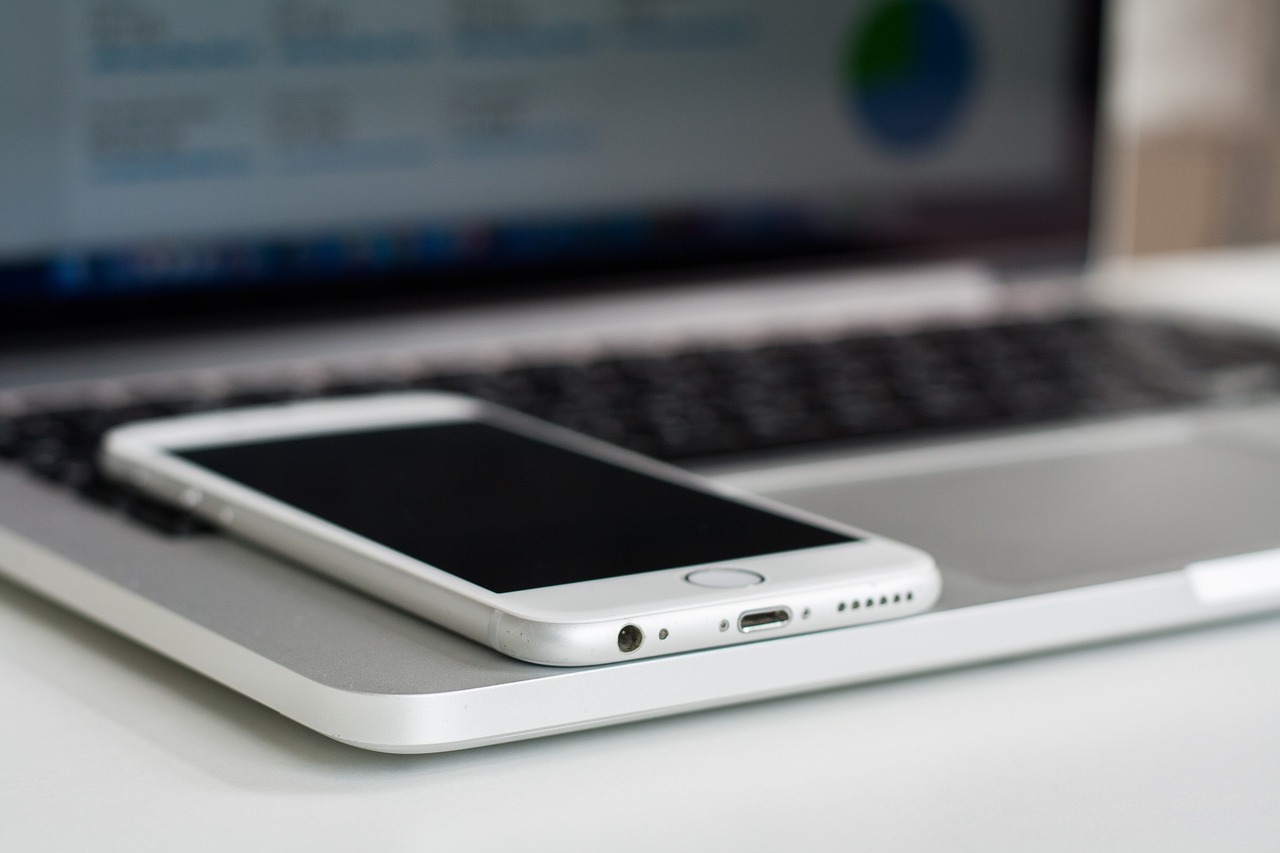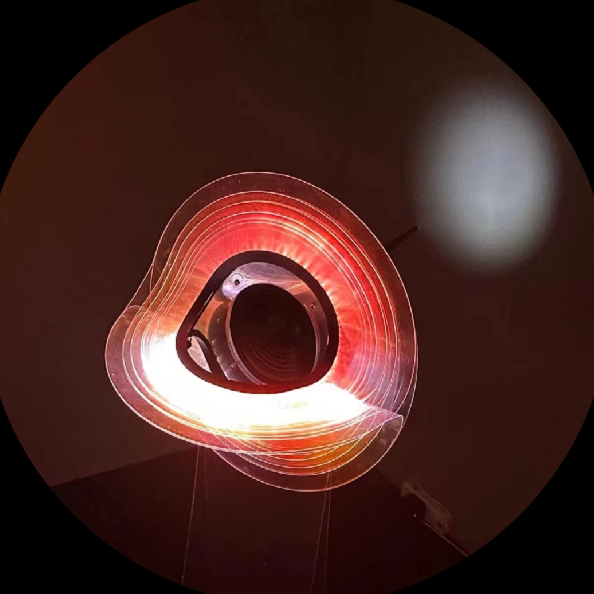实现功能如下:在背景运行app,检测到自由落体状态时,熄灭屏幕,可重复测试。
1. 检测自由落体动作
需要使用到加速度感应器 TYPE_ACCELEROMETER
SensorManager mSensorManager;
private float mLastX;
private float mLastY;
private float mLastZ;
private double force;
@Override
public void onCreate() {
super.onCreate();
mSensorManager = (SensorManager)getSystemService(SENSOR_SERVICE);
mSensorManager.registerListener(sensorListener,
mSensorManager.getDefaultSensor(Sensor.TYPE_ACCELEROMETER),
SensorManager.SENSOR_DELAY_GAME);
}
private final SensorEventListener sensorListener = new SensorEventListener() {
@Override
public void onSensorChanged(SensorEvent event) {
try {
if(event.sensor == null){
return;
}
}catch (Exception ex){
}
if(event.sensor.getType() == Sensor.TYPE_ACCELEROMETER){
mLastX = event.values[0];
mLastY = event.values[1];
mLastZ = event.values[2];
force = Math.sqrt(mLastX*mLastX+mLastY*mLastY+mLastZ*mLastZ);
}
if(force < 1 ){
Log.i("Kunkka","force < 1 START-------------");
new Handler().postDelayed(new Runnable() {
@Override
public void run() {
if (force < 1) {
Log.i("Kunkka","force < 1 END, SCREEN OFF");
screenOff();
}
}
}, 20);
}
}
@Override
public void onAccuracyChanged(Sensor sensor, int accuracy) {
}
};
标黄的是判断手机失重的依据,即三个方向的合力为0。由于不是那么精确,让其合力<1即可。
另外为了防止手机平时突然出现符合这个结果的,当第一次出现符合条件的合力时,延迟20ms再检测一次,(最好连续检测多次来确定连续处于失重状态),假如依旧符合失重,就认定此时在失重状态。再做下一步的处理。
2. 关闭屏幕
熄灭屏幕代码:
private void screenOff(){
DevicePolicyManager policyManager = (DevicePolicyManager) getSystemService(Context.DEVICE_POLICY_SERVICE);
ComponentName adminReceiver = new ComponentName(DeviceFallDetectService.this, MyAdminReceiver.class);
boolean admin = policyManager.isAdminActive(adminReceiver);
if (admin) {
policyManager.lockNow();
} else {
Toast.makeText(this,"没有设备管理权限",
Toast.LENGTH_LONG).show();
}
}
息屏主要使用的是DevicePolicyManager 类,此外MyAdminReceiver是一个息屏管理的广播接收器,该接受器非常重要,系统设置中正是通过该接收器才找到的应用程序,该广播接收器在AndroidManifest.xml中的声明如下:
<receiver
android:name=".MyAdminReceiver"
android:permission="android.permission.BIND_DEVICE_ADMIN">
<meta-data
android:name="android.app.device_admin"
android:resource="@xml/admin"/>
<intent-filter>
<action android:name="android.app.action.DEVICE_ADMIN_ENABLED"/>
</intent-filter>
</receiver>
xml/admin.xml文件内容如下:
<?xml version="1.0" encoding="utf-8"?>
<device-admin xmlns:android="http://schemas.android.com/apk/res/android" >
<uses-policies>
<force-lock />
</uses-policies>
</device-admin>
Receiver的源码空的就可以,只需要继承DeviceAdminReceiver:
public class MyAdminReceiver extends DeviceAdminReceiver {
}
网上说还需要加权限
<uses-permission android:name="android.permission.USES_POLICY_FORCE_LOCK" />
但我没加去运行也没出什么问题。
3. Forground service实现重复运行
由于运行在background service中的话,屏幕关了再打开,好像background service就被停下了。
为了每次屏幕亮了都可以继续运行,把service改成O之后的foreground service:
首先startservice的地方,改成foreground方式启动:
Intent intent = new Intent(MainActivity.this,
DeviceFallDetectService.class);
startForegroundService(intent);
MainActivity.this.finish();
然后在service的onStartCommand中,立刻声明startForeground。
并且android O 以后每个Notification都需要依附一个channel,要不然就报错。加一个简单的channel:
@Override
public int onStartCommand(Intent intent, int flags, int startId) {
initChanel();
return super.onStartCommand(intent, flags, startId);
}
private void initChanel(){
NotificationChannel channel = new NotificationChannel(CHANNEL_ID,"FallDetect",
NotificationManager.IMPORTANCE_HIGH);
NotificationManager manager = (NotificationManager) getSystemService(Context.NOTIFICATION_SERVICE);
manager.createNotificationChannel(channel);
Notification notification = new Notification.Builder(getApplicationContext(),CHANNEL_ID).build();
startForeground(3210, notification);
}
大功告成















